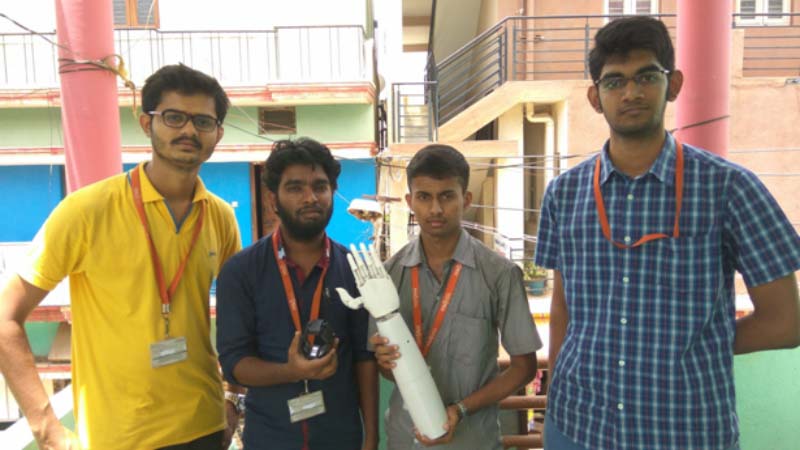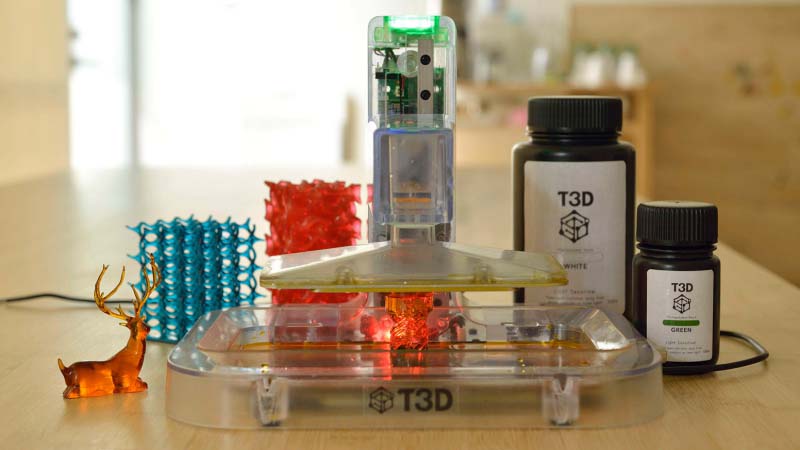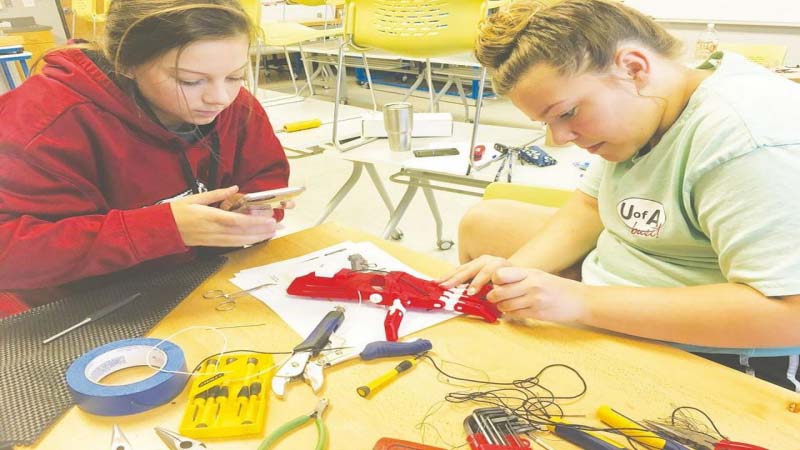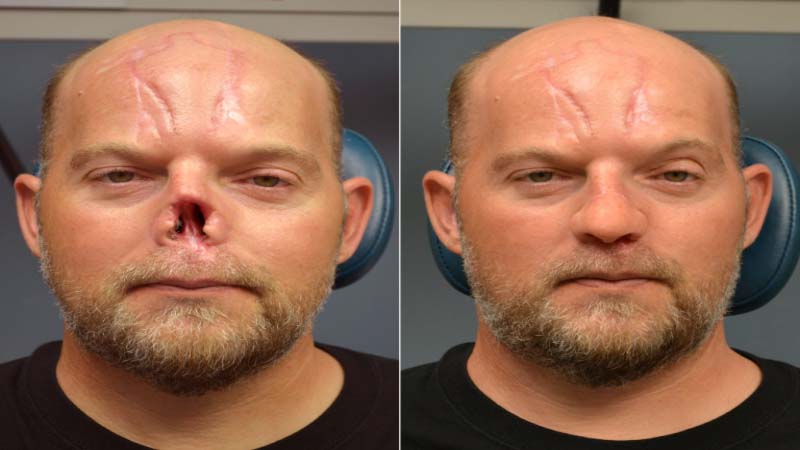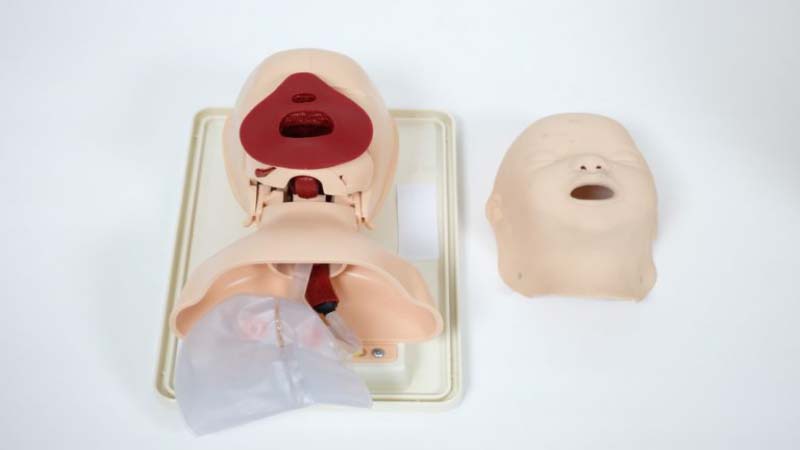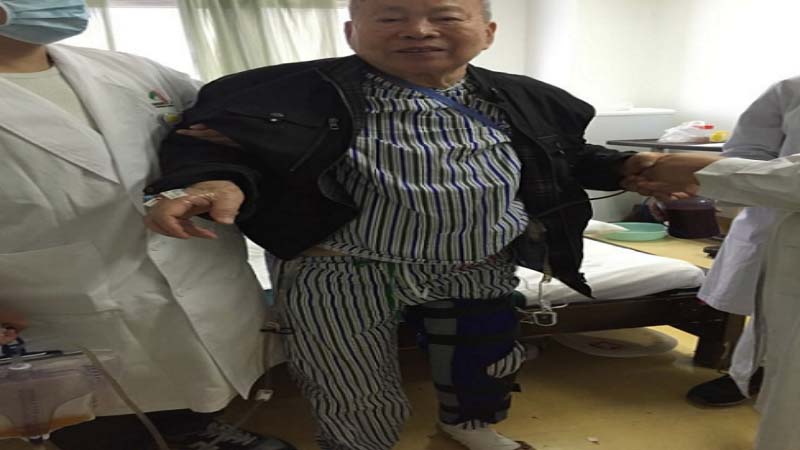Researchers Develop 3D Printed Liver Model for Accurate Drug Toxicity Testing
- Details
- Published: Tuesday, 02 January 2018 09:18
- Written by Dr.Varun

An international research team collaborated to 3D Print Simple Liver Model using bioprinted tissue to develop a more accurate drug toxicity testing system. The new advancement can construct vascularized tissue, which is then able to mimic drug administration in vivo in 3D bioprinted liver tissue. This new model will allow scientists to observe the in vivo effects of drug absorption without having to actually set up a real in vivo study.
 Medical 3D Printing & Bioprinting
Medical 3D Printing & Bioprinting






